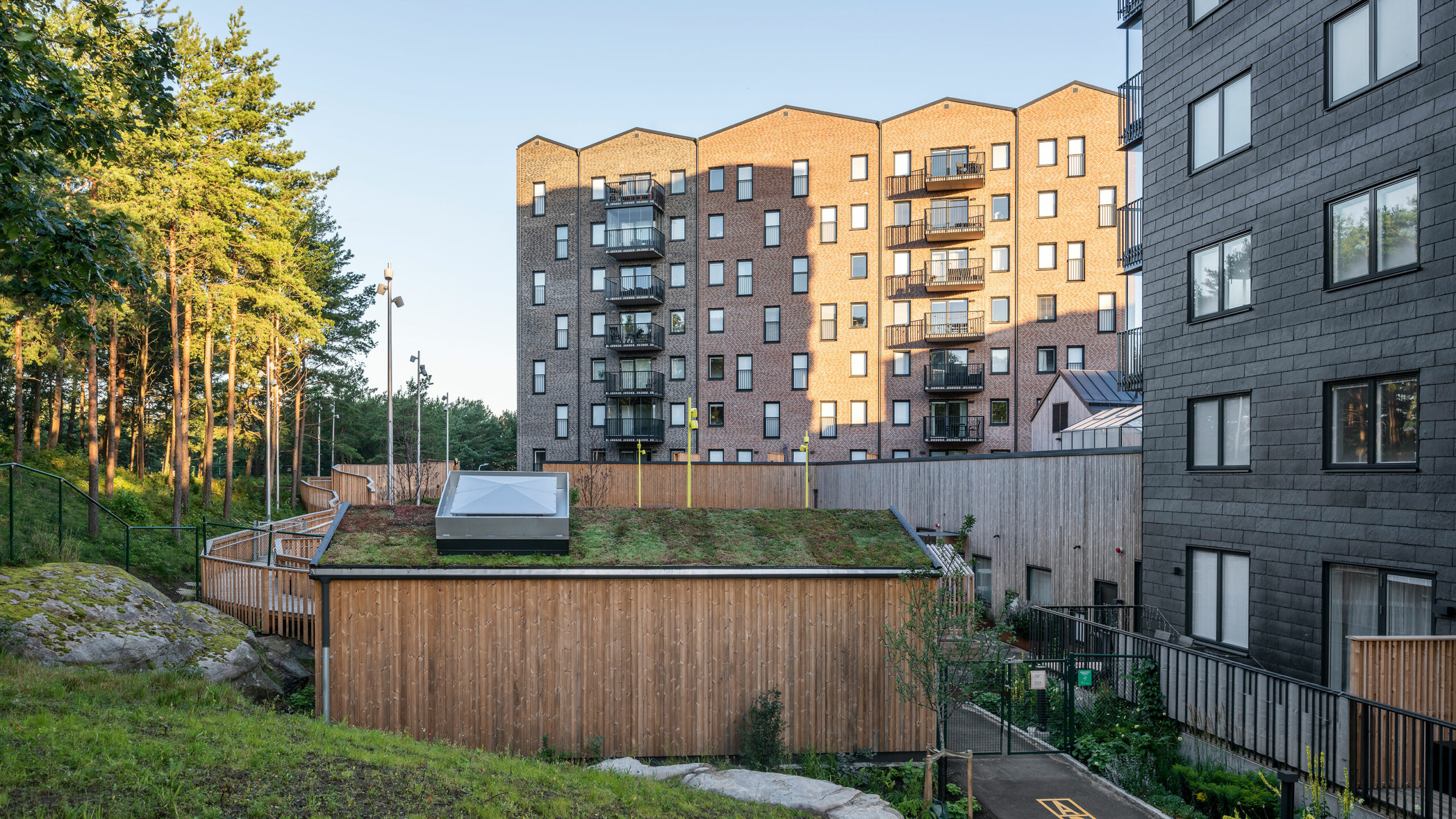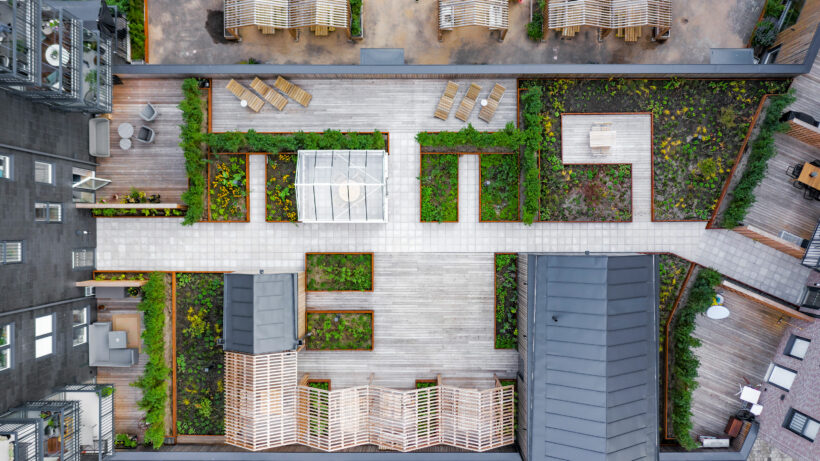As our towns and cities expand, nature is being pushed aside and the consequences of this are becoming increasingly clear. Pollution in the air, land and water, harmful noise and biological imbalance are some of the clear downsides of urbanisation. As are loneliness, ill health and stress-related illnesses. At the same time there is tremendous untapped potential if we turn our gaze upwards. Green roofs enable us to increase vegetation in densely populated towns and cities. Where today there are rooftops, tomorrow we could find flowering meadows, fruit trees, parks, vegetable crops, soft moss – and togetherness.
“Green roofs are socially smart, fun and educational. What’s more it’s relatively easy to grow edible plants. Greenery, whether it’s on a roof or on the ground, is key to maintaining contact with nature. And in times like these, the outdoor environment is particularly important, as is planning solutions that enable us to spend time amongst greenery, even though we are at home. Solutions that make greenery part of our everyday life,” says Ulrika Bergbrant, landscape architect LAR/MSA at White.
Ecological and social benefits
According to Sweden’s environmental quality objectives, the country’s municipalities must work with ecosystem services and urban greenery in the planning, construction and management of the built environment by 2025 at the latest. There is a lot to be gained for municipalities that take the objective seriously. Plant-covered façades, green courtyard environments and roof gardens can transform previously underutilised spaces into green lungs from which we can draw energy.
A green roof reduces the pressure on a town or city’s surface water system as the roof captures the rainwater and significantly reduces the run-off water. This is one positive from a climate perspective, but there are more. The vegetation on the roof uses solar energy to grow, and the sun’s rays are therefore not converted into heat. A green roof also reflects more of the sun’s rays than a roof with dark waterproofing layers, and this contributes to lower surface temperatures. It benefits the local microclimate when the roof does not emit unnecessary excess heat. Virtually all types of green roof contribute to a cooling effect in the summer and help lower a building’s energy consumption. In addition, research shows that some types of green roof with thick planting beds provide extra insulation. Green roofs also promote richer flora and fauna, where pollinating insects, such as bumblebees and bees, find nectar and, in some cases, even entire habitats.
Making room for greenery is also a wise investment in public health. Research shows that people feel better when they regularly surround themselves with greenery in their everyday lives. In green environments our cortisol levels, heart rate and anxiety all decrease. A green roof also reduces noise levels, which in itself contributes to increased well-being for animals and people. Research shows that green environments stimulate more social togetherness among people. To plan for connected quality green areas is to plan for a more sustainable living environment.

